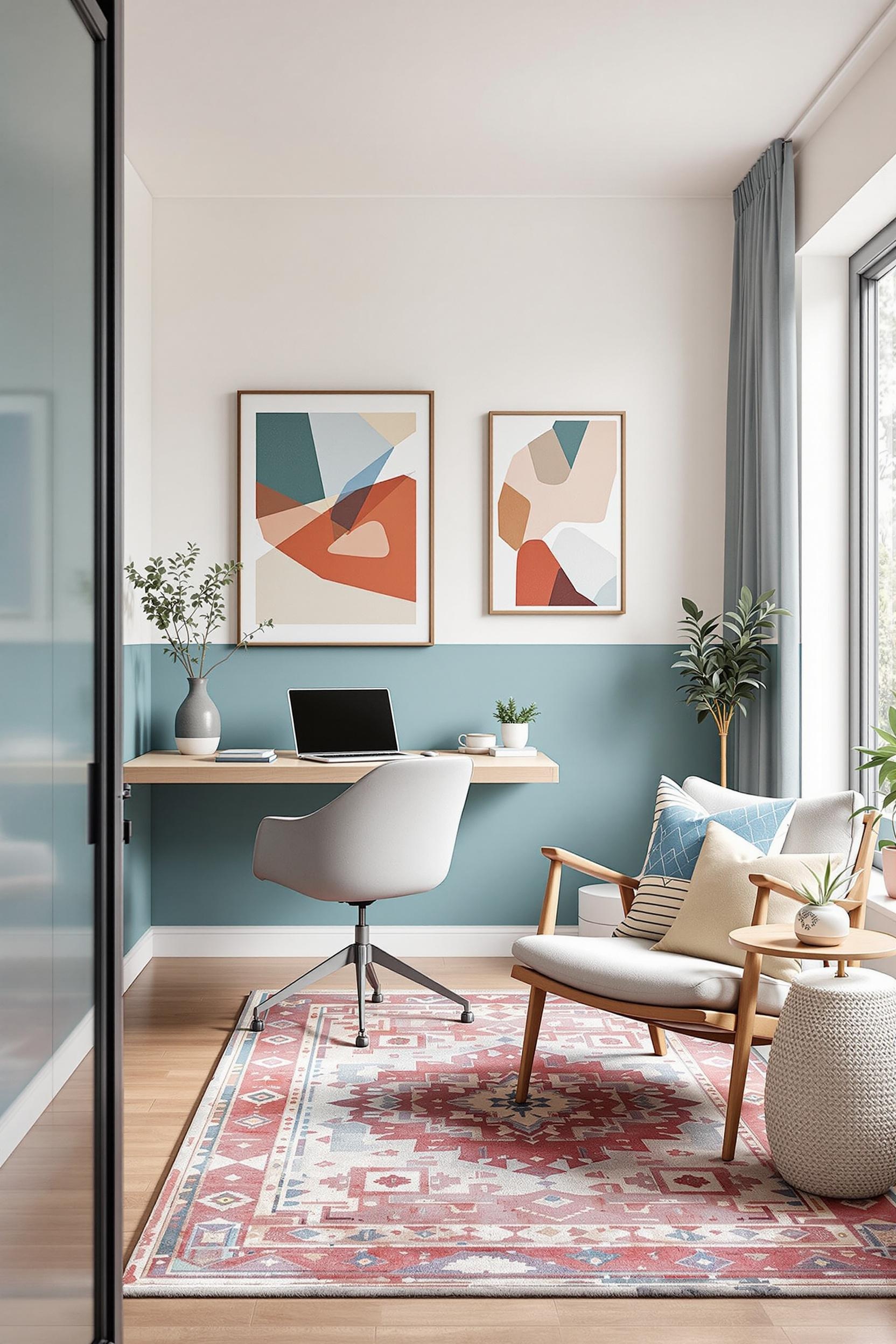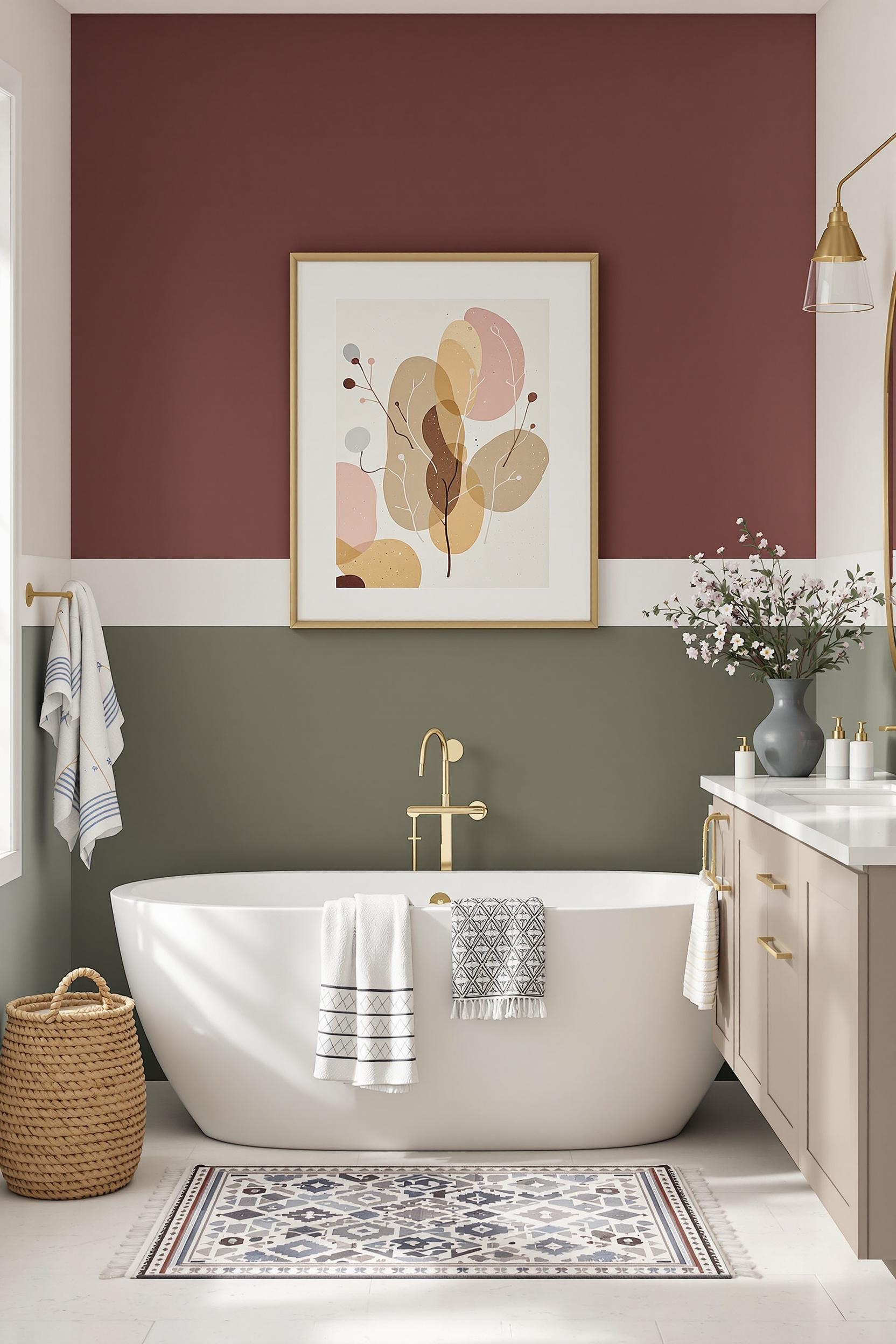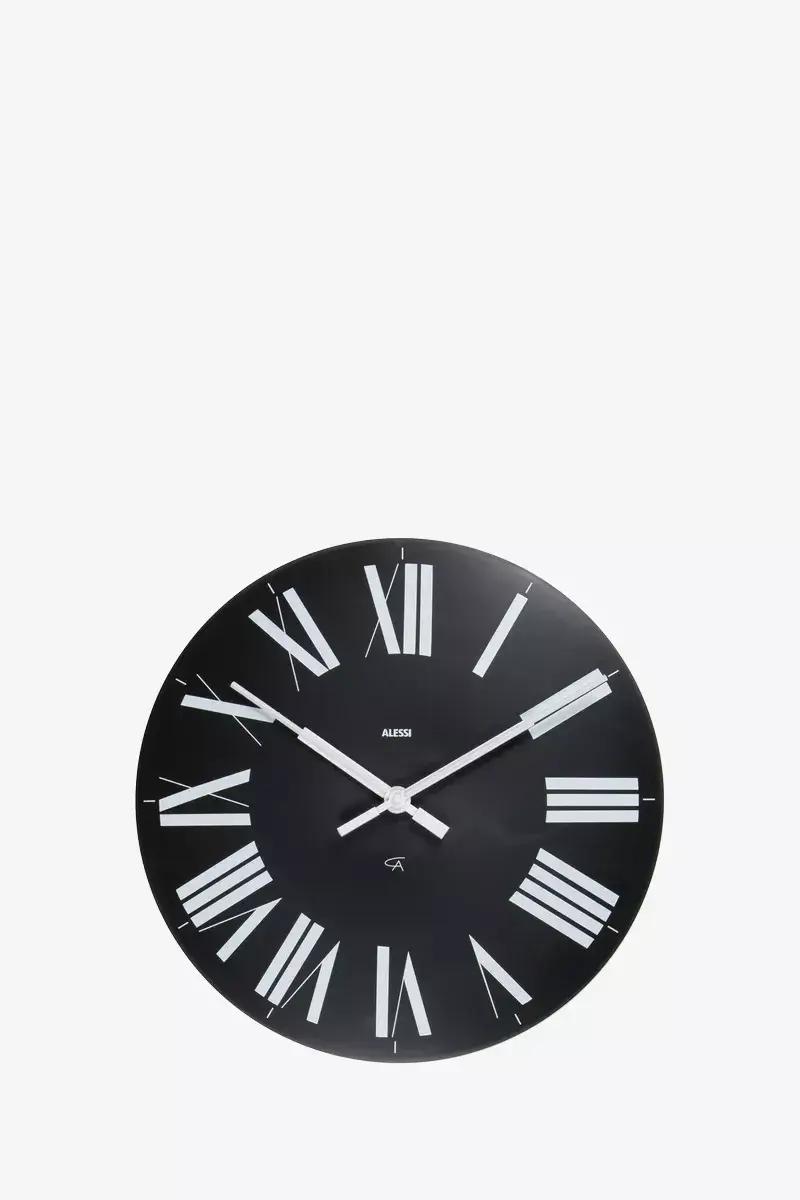Mastering Color Blocking Paint Techniques for Visual Room Dividers
Have you ever walked into a room and felt an instant sense of order and purpose—without a single wall in sight? That’s the power of color blocking wall paint. As an interior designer, I’ve helped homeowners ditch the bulk of physical dividers by mastering simple yet bold painting techniques. With strategic color zoning, it’s possible to create clear boundaries in open layouts, define functions in multi-use rooms, and show off personality—all through paint alone.
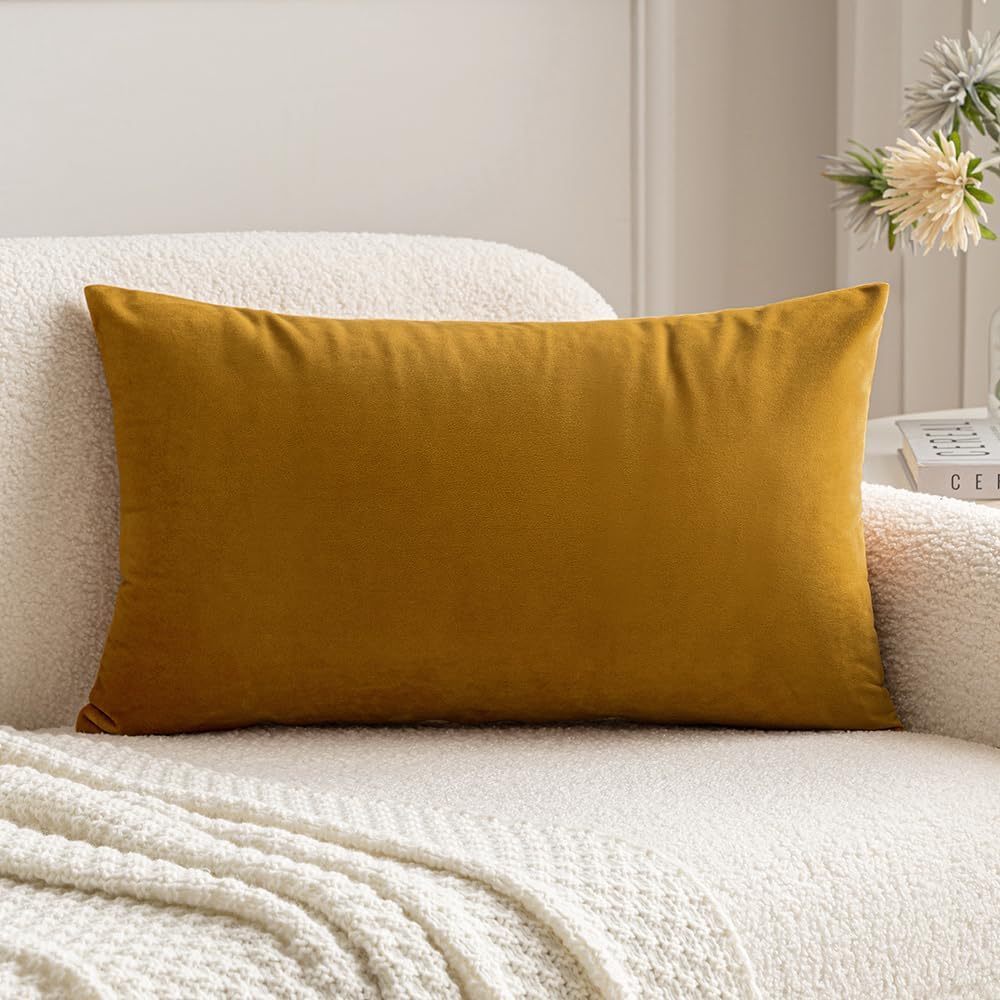 |
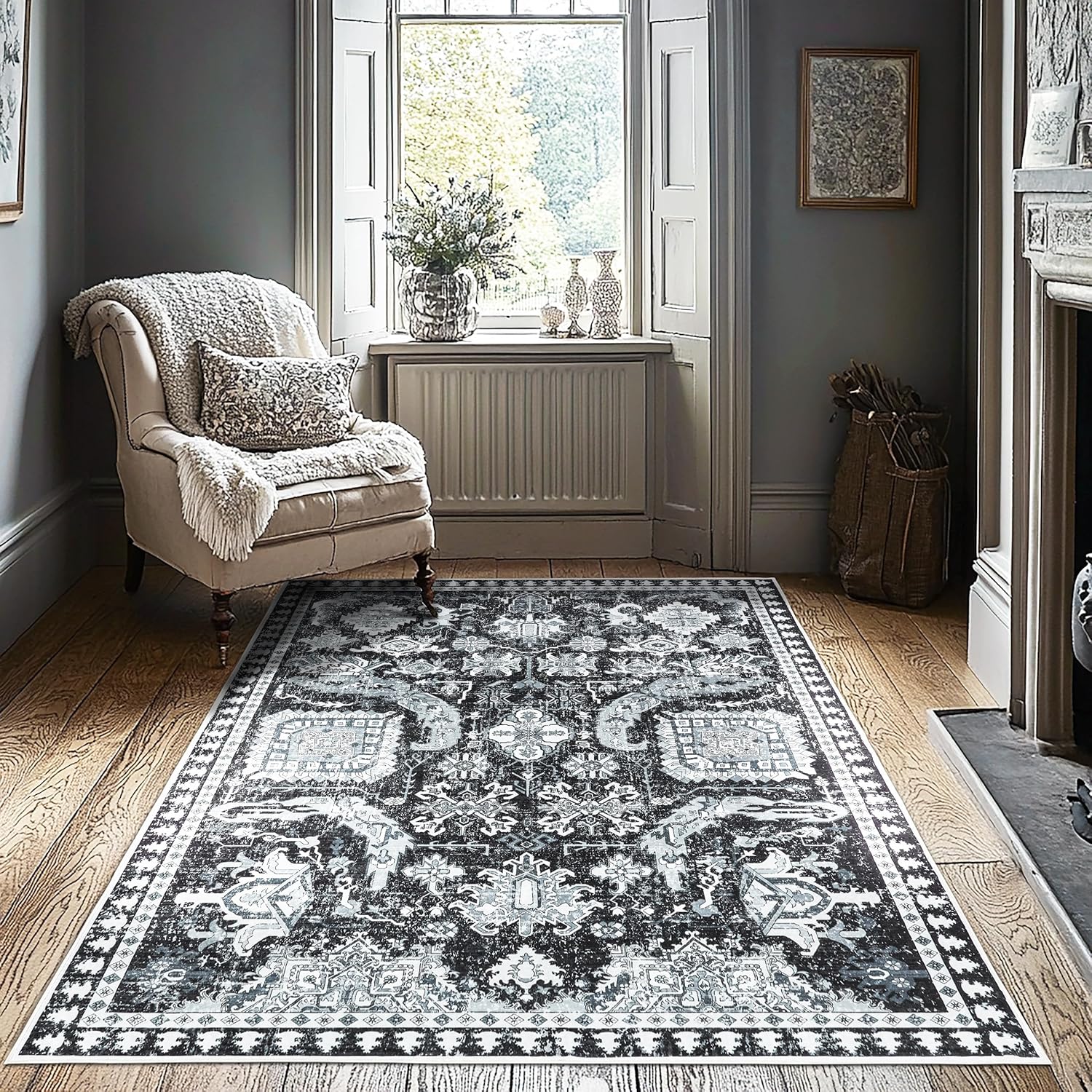 |
| Velvet Mustard Yellow Pillow Cover | Boho Black White Area Rug |
| $13.99 | $39.99 |
| ⭐ 4.6 (9,886 reviews) | ⭐ 4.4 (570 reviews) |
 |
 |
Color blocking pulls inspiration from modern art, especially from the works of Piet Mondrian. Today, it has exploded into modern and minimalist homes. I often use it to define dining areas, reading nooks, or workspaces in open-plan homes—no walls needed. It’s one of the top DIY paint techniques for renters too. You get architectural impact through design, not construction.
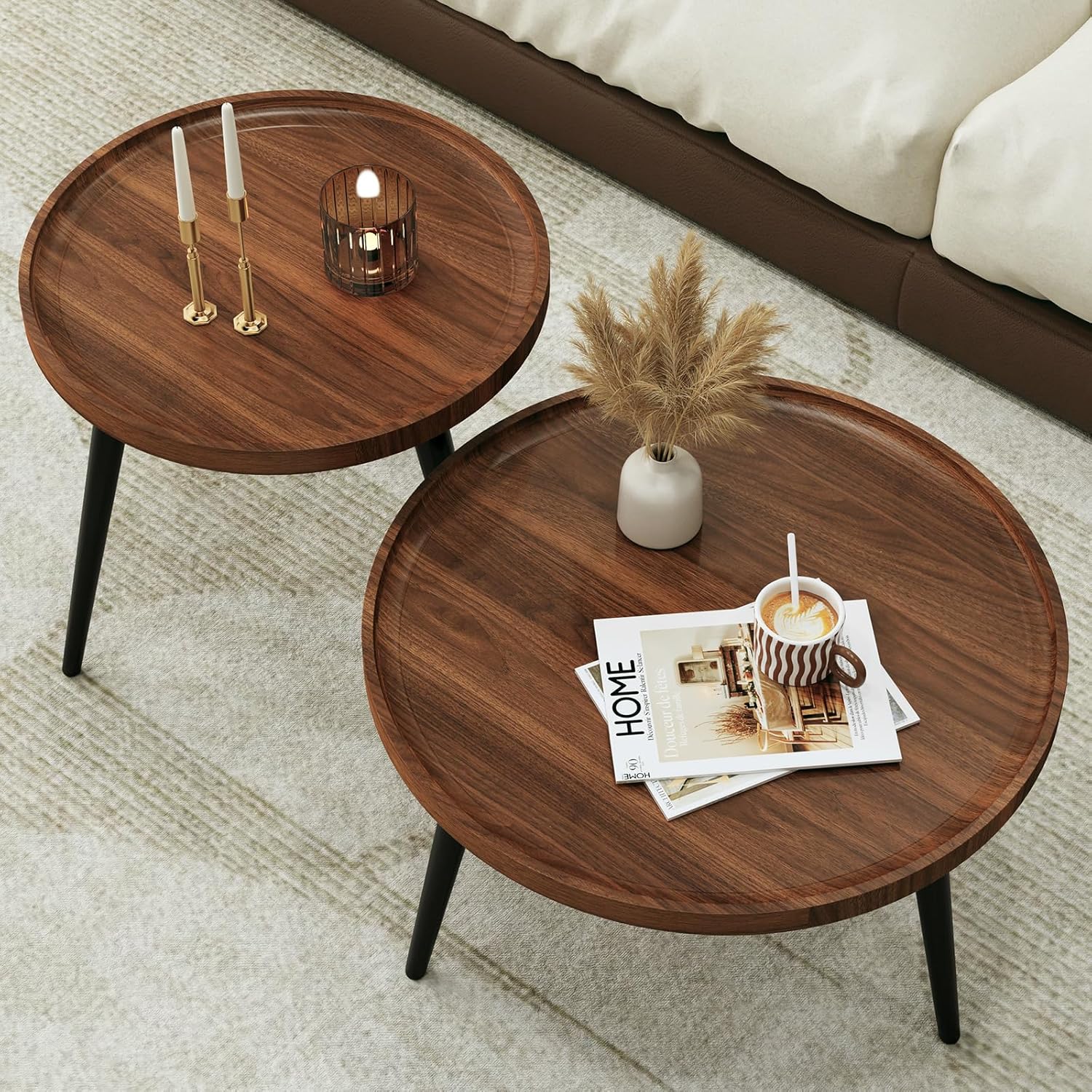 |
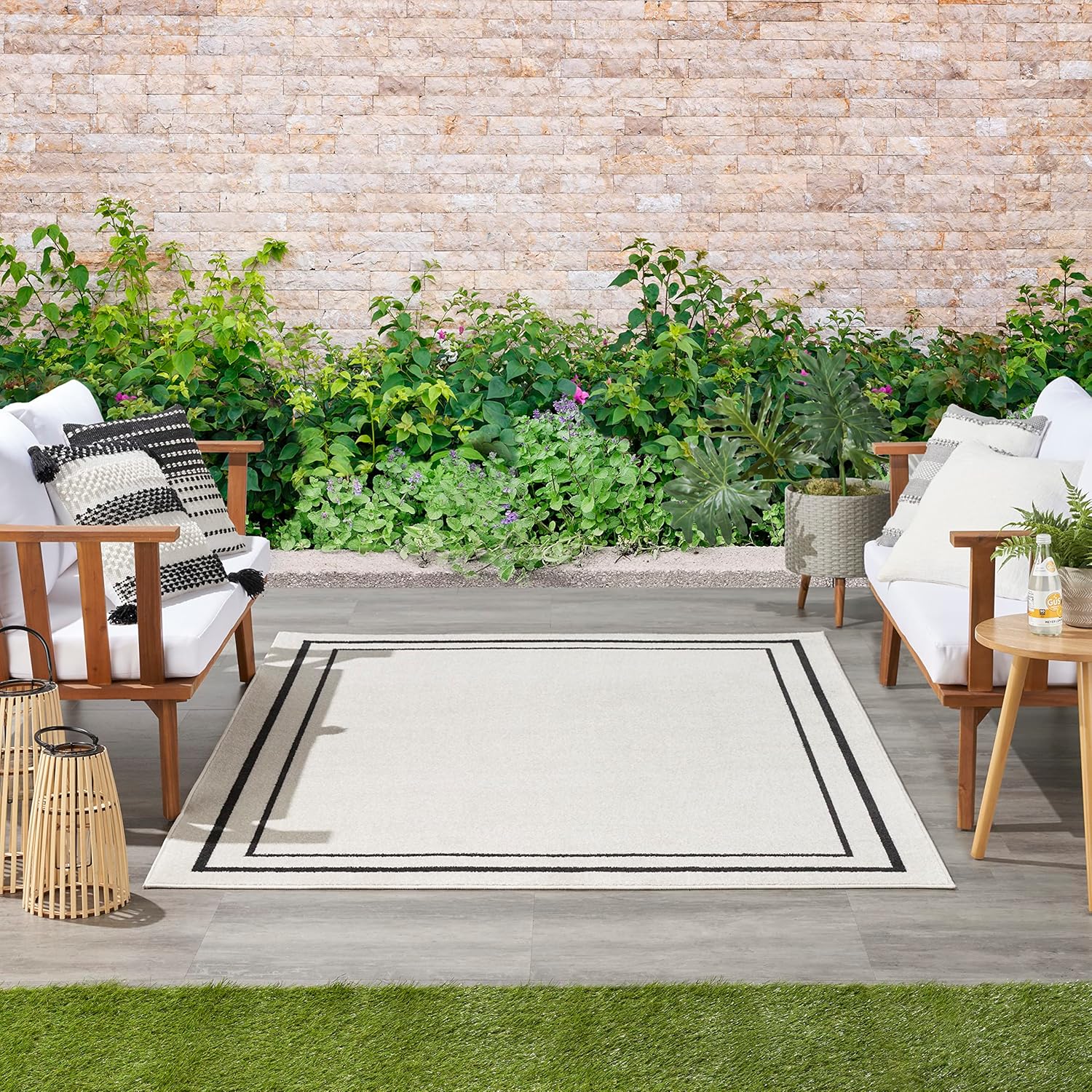 |
| Mid Century Round Coffee Tables | Ivory Black Indoor Outdoor Rug |
| $89.99 | $79.90 |
| ⭐ 4.6 (127 reviews) | ⭐ 4.2 (622 reviews) |
 |
 |
Two-tone wall painting is one of the easiest ways to make any wall pop while setting a boundary. For instance, in my last project, I used a navy base under a soft mustard stripe to separate a living area from a home office. It added warmth while giving the illusion of a different zone altogether. Techniques like this also complement elements like mid-century modern furniture and minimalist layouts perfectly.
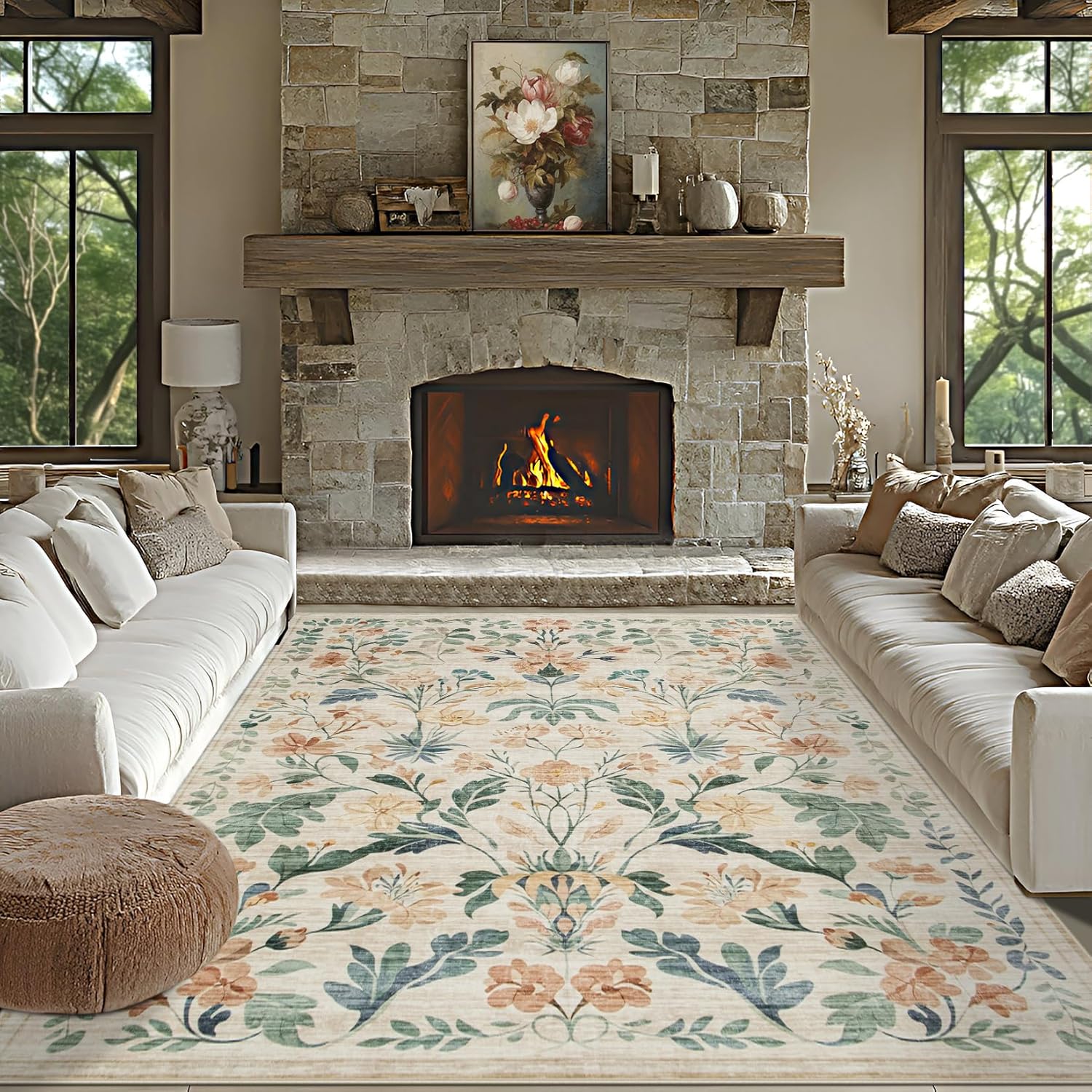 |
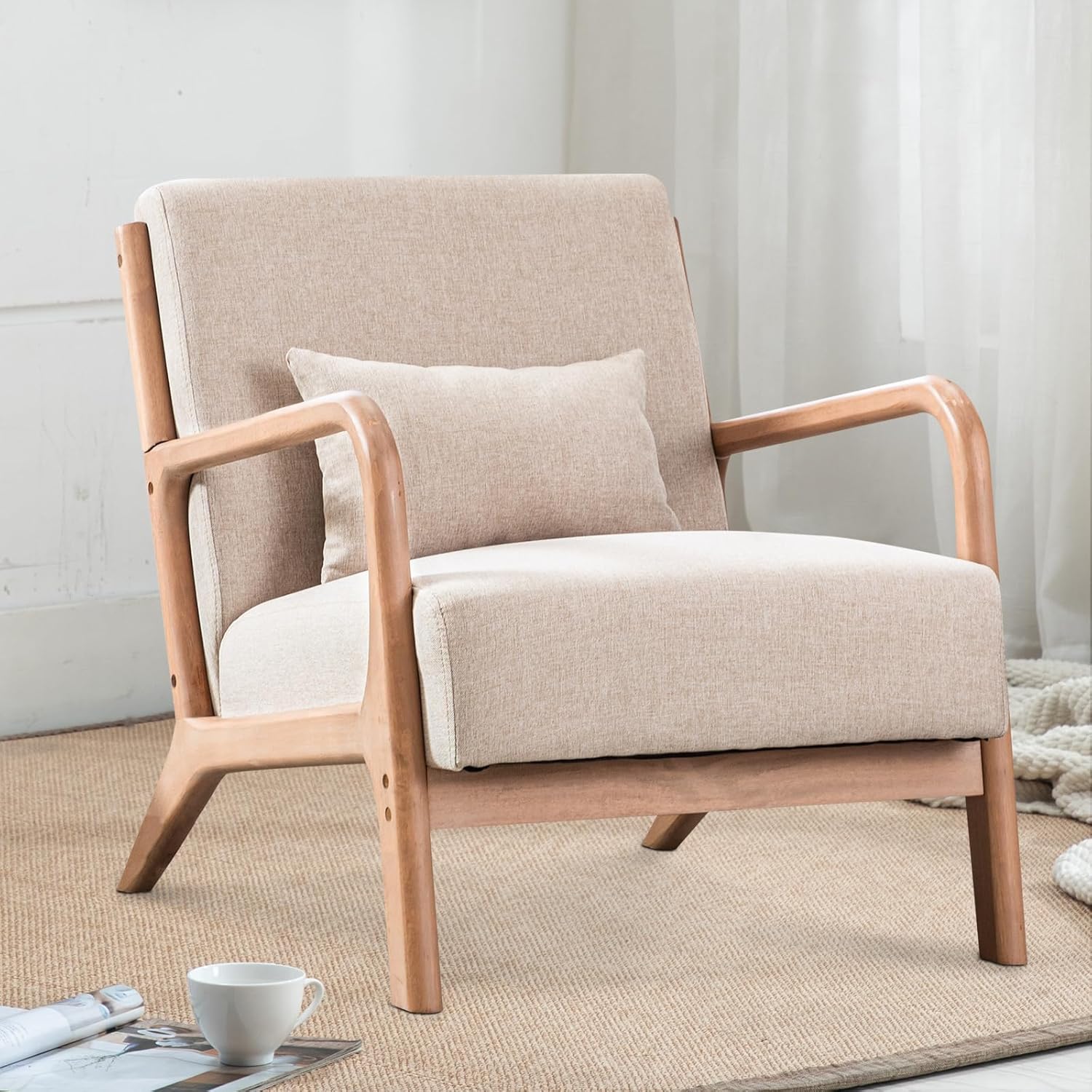 |
| Neutral Boho Washable Area Rug | Beige Mid Century Modern Accent Chair |
| $71.99 | $119.99 |
| ⭐ 4.8 (125 reviews) | ⭐ 4.2 (790 reviews) |
 |
 |
For larger, open concepts, I recommend horizontal color blocking to make rooms feel wider. It’s especially useful in narrow spaces. If you want more drama, try geometric shapes like arches or stripes. They’re striking and offer both style and purpose. For renters or lovers of flexibility, painted room dividers installed on canvas or MDF make a perfect substitute for permanent walls.
| More Great Color Blocking Products Coming Soon! |
Inspired Interiors: Bold Ways to Color Block Like a Pro
Paint Combinations That Speak Volumes
Choosing the right paint color combinations for room dividers is crucial. Cool tones like sage green and charcoal gray can make a space feel calm and expansive. Warm terracottas and deep navy create cozy vibes. In minimalist homes, pairing neutral foundations with bold accents adds just the right energy without overwhelming the space.
Color Blocking Small Spaces with Big Impact
Even tiny studios can benefit. I use vertical stripes to add height or subtle transitions between colors for depth. These minor shifts can make walls feel like they’re receding. You can see more of these techniques in my small apartment transformation guide.
Your Color Blocking Style Starts Here!
Join the Minimalist Color Zone Movement
This design style has architectural benefits, mood-shifting charm, and endless options. If you love modern design and functional space planning, color blocking is your match. It’s no longer just a trend—it’s a staple. Explore how I used similar ideas in my recent living room transformation.
Get More Design Magic
- 🎨 Play with bold color blocks to draw the eye and define zones
- 📏 Use painter’s tape and laser levels for sharp lines and clean shapes
- 🌈 Select your color palette based on room temperature, purpose, and lighting
FAQs: Color Blocking Wall Paint for Room Dividers
Q1: What is color blocking in room design?
Color blocking is when I use bold color segments to break up an open space. It visually divides a room without using any actual dividers.
Q2: Can I use this in small spaces?
Yes! Color blocking small rooms can make them look bigger. Vertical stripes add height. Horizontal strips widen the space.
Q3: What colors should I use together?
I love mixing mustard yellow with navy or pairing emerald green with white. Use complementary tones from the color wheel for contrast or analogous colors for balance.
Q4: What paint techniques work best?
Clean shapes made with painter’s tape, bold split wall designs, and ombre transitions all work. Choose based on the vibe you want to create.
Q5: Do I need special tools?
Not really. A few basics like painter’s tape, a laser level, rollers and brushes, and a set of drop cloths go a long way. Color blocking depends more on planning than tools.

